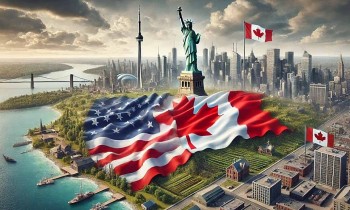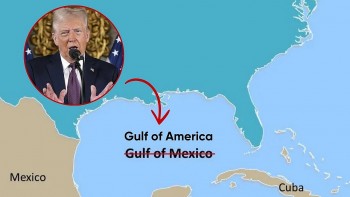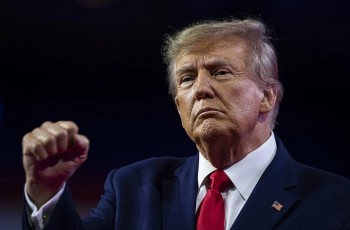Greenland, Canada, and the Gulf of Mexico: America First or America Everywhere
Among the most headline-grabbing ideas were his reported interests in purchasing Greenland, influencing the Panama Canal, renaming the Gulf of Mexico, and even exploring hypothetical annexation of Canada. These aspirations raise critical questions: Are these actions symbolic expressions of his “America First” policy, practical strategies to bolster U.S. global dominance, or reflective of a modern colonialist mindset?
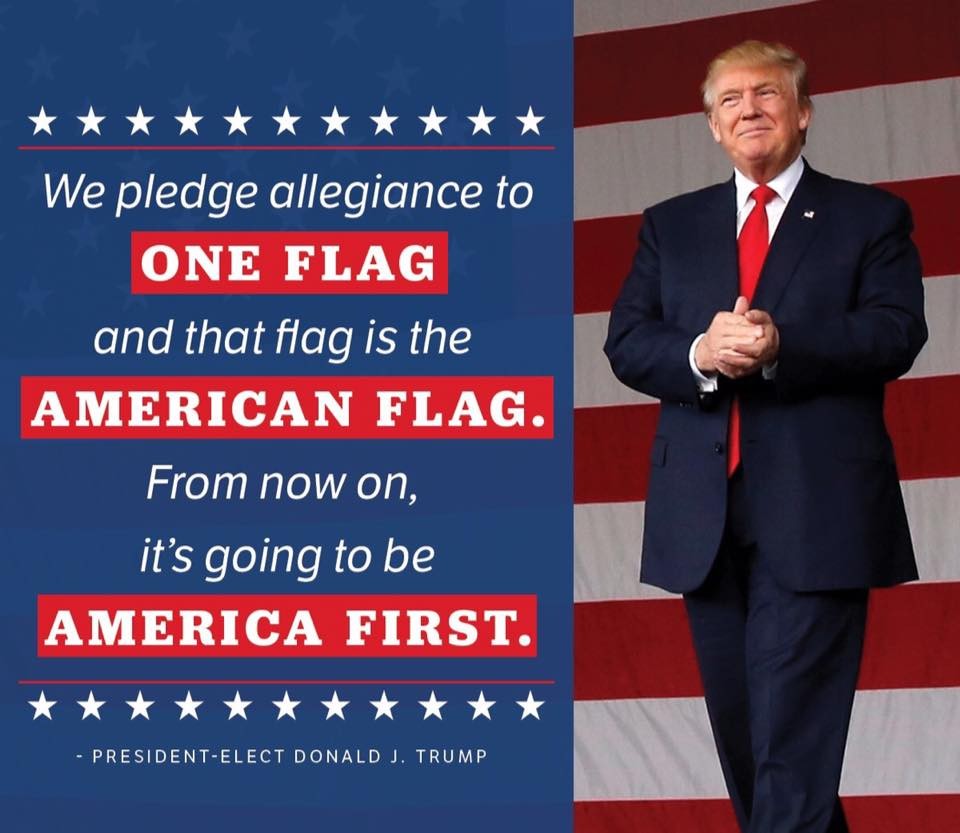 |
In the modern era, discussions of land acquisition, territorial expansion, and renaming vast geographic features seem almost anachronistic. Yet, under Donald Trump’s presidency, these concepts were resurrected with surprising fervor. From the idea of purchasing Greenland to hinting at renaming the Gulf of Mexico, Trump’s ambitions stirred controversy and captured global attention. While his rhetoric often blurred the lines between seriousness and spectacle, these moves were emblematic of his “America First” agenda, which sought to prioritize U.S. interests above all else.
This essay delves into Trump’s geopolitical ambitions, dissecting the motivations, implications, and feasibility of these ideas. We will explore whether his bold proposals represent a strategic recalibration of U.S. influence or a nostalgic throwback to colonialist aspirations. By examining his interest in Greenland, the Panama Canal, Canada, and other initiatives, we seek to understand the broader themes underlying his approach to international relations.
Trump’s Vision of 'America First'
“America First” was not just a campaign slogan for Donald Trump; it became the cornerstone of his domestic and foreign policies. Rooted in economic nationalism, the phrase encapsulated his administration’s approach to trade, immigration, and defense. Trump’s foreign policy often prioritized U.S. economic interests, leading to contentious decisions such as imposing tariffs on allies, renegotiating trade deals like NAFTA into the USMCA, and questioning America’s financial contributions to NATO.
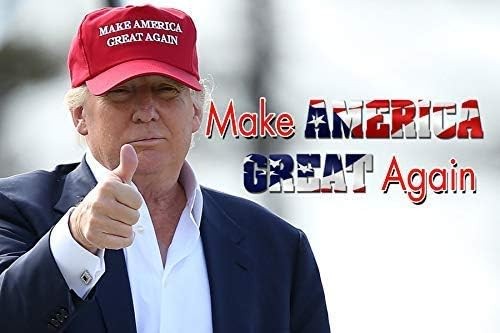 |
When viewed through the “America First” lens, Trump’s territorial ambitions take on new meaning. For instance, Greenland’s vast natural resources and strategic location in the Arctic align with his emphasis on energy independence and countering China’s growing influence. Similarly, controlling key trade routes like the Panama Canal would enhance U.S. economic leverage globally. Trump’s vision appeared to merge pragmatism with a larger-than-life approach to geopolitics, reminiscent of America’s expansionist past.
Greenland Purchase and Modern Land Diplomacy
Trump’s interest in purchasing Greenland was one of the most sensational geopolitical proposals of his presidency. The idea, revealed in 2019, was met with widespread skepticism and even ridicule. However, upon closer examination, the rationale behind the proposal is less far-fetched. Greenland’s location in the Arctic makes it a strategic asset for controlling shipping routes and accessing untapped natural resources, including rare earth minerals.
 |
| US President-elect Donald Trump suggested Washington could take the world's largest island for "national security" purposes. |
Historically, the U.S. has pursued similar land acquisitions, such as the Louisiana Purchase in 1803 and the purchase of Alaska from Russia in 1867. These deals, though initially controversial, proved to be strategic masterstrokes. Trump’s Greenland proposal, however, faced significant challenges. Denmark, which oversees Greenland’s foreign policy, swiftly rejected the idea, with Prime Minister Mette Frederiksen calling it “absurd.”
Critics argue that Trump’s proposal reflected a misunderstanding of modern geopolitics, where sovereignty and self-determination are paramount. Yet, supporters contend that the move demonstrated strategic foresight, as the Arctic becomes a hotbed for geopolitical competition.
Suez Canal, Panama Canal, and Strategic Chokepoints
The Panama Canal has long been a critical chokepoint in global trade, connecting the Atlantic and Pacific Oceans. Trump’s reported interest in exerting greater U.S. influence over the canal aligns with his broader strategy of securing economic and military advantages. Although the canal has been under Panamanian control since 1999, its significance in global trade makes it a perennial point of interest for major powers.
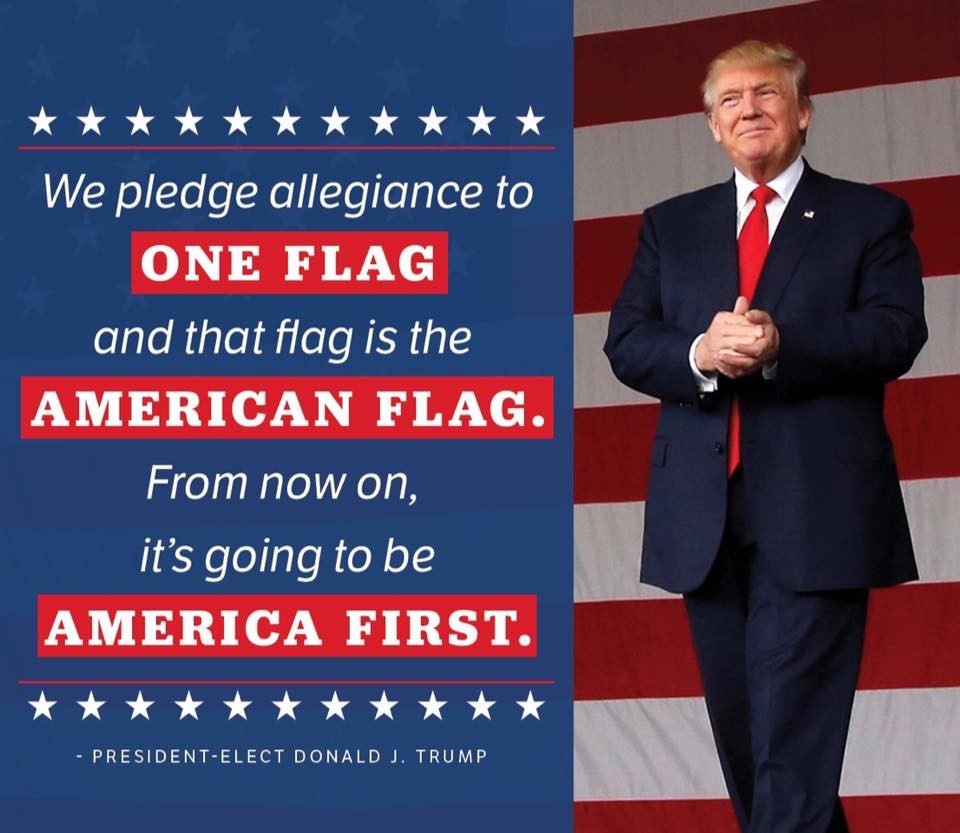 |
Trump’s rhetoric often hinted at the importance of controlling strategic assets. During his presidency, the U.S. took steps to counter Chinese investments in Latin America, including infrastructure projects near the Panama Canal. While Trump stopped short of advocating direct control over the canal, his administration’s policies underscored the canal’s importance to U.S. economic and security interests.
This focus on chokepoints reflects a broader trend in Trump’s foreign policy: prioritizing tangible assets that directly impact U.S. power and prosperity. By securing control over strategic routes, Trump aimed to strengthen America’s position in an increasingly competitive global landscape.
Rebranding the Gulf of Mexico
One of Trump’s more peculiar ideas was the notion of renaming the Gulf of Mexico. While this proposal was less concrete than his interest in Greenland or the Panama Canal, it highlights his penchant for symbolic gestures that reinforce national pride. Naming disputes are not new in geopolitics; for instance, the Persian Gulf has long been a point of contention between Iran and Arab states, who refer to it as the Arabian Gulf.
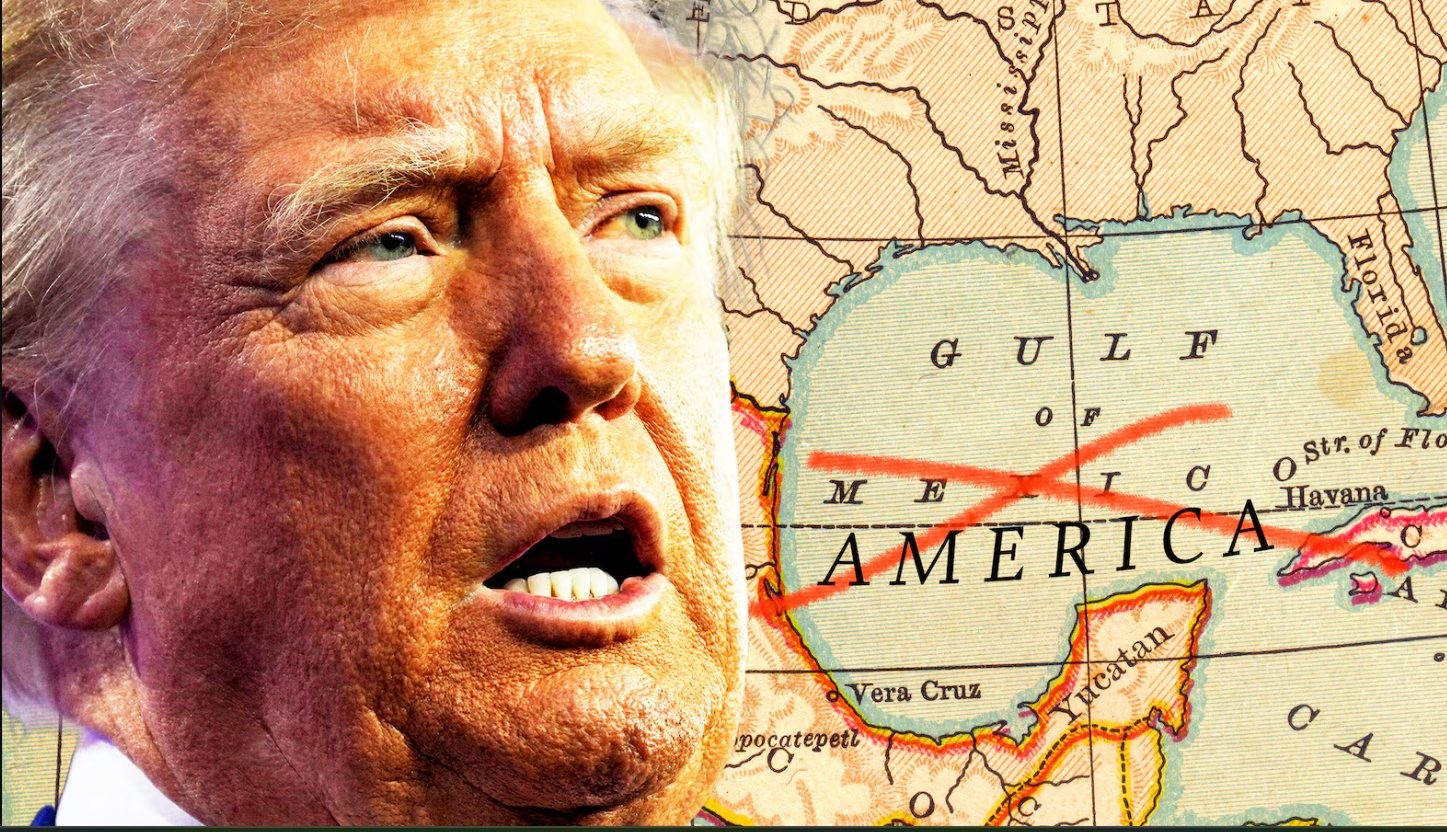 |
Renaming the Gulf of Mexico would likely have been a symbolic move to assert American dominance over the region. However, such a proposal would face significant backlash from Mexico and other Gulf states, potentially straining diplomatic relations. Ultimately, the idea reflects Trump’s nationalist rhetoric rather than a concrete policy initiative.
Canada and Hypothetical U.S. Expansionism
Trump’s reported interest in annexing Canada, though largely speculative, offers an intriguing lens through which to view his geopolitical ambitions. The U.S. and Canada share one of the world’s closest bilateral relationships, with deep economic, cultural, and military ties. However, annexation would be unprecedented in modern times and contradict international norms.
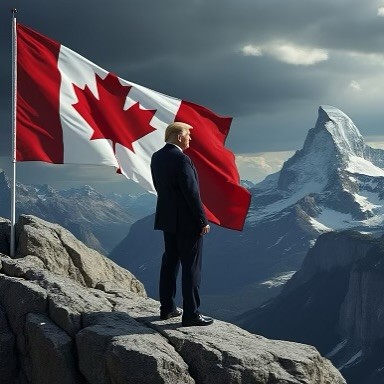 |
The notion of annexing Canada may stem from Trump’s broader vision of consolidating North American power. While such an idea is unlikely to gain traction, it underscores his willingness to challenge conventional boundaries and propose radical solutions. This hypothetical scenario serves as a reminder of the complexities and limitations of modern diplomacy.
Modern Colonialism or Pragmatic Strategy?
Critics of Trump’s geopolitical ambitions often frame them as a form of modern colonialism. His focus on acquiring land and resources evokes comparisons to 19th-century imperialism, when major powers competed for territorial dominance. However, Trump’s actions can also be viewed through the lens of realpolitik, emphasizing strategic interests over ideology.
Unlike traditional colonialism, which often involved subjugating populations, Trump’s proposals largely focused on voluntary transactions or symbolic gestures. This distinction is crucial in understanding his approach. While his rhetoric may evoke nostalgia for America’s expansionist past, his policies reflect a pragmatic effort to secure U.S. interests in a rapidly changing world.
| Donald Trump’s geopolitical ambitions were as controversial as they were unconventional. Whether proposing to purchase Greenland, influencing the Panama Canal, or renaming the Gulf of Mexico, his ideas challenged traditional norms and sparked intense debate. While some viewed these moves as indicative of a modern colonialist mindset, others saw them as strategic efforts to strengthen America’s global position. Ultimately, Trump’s ambitions reflect a broader theme of disruption in international relations. By prioritizing tangible assets and symbolic gestures, he sought to redefine America’s role in the world. Whether these ideas will leave a lasting legacy remains to be seen, but they undeniably reshaped the conversation around U.S. foreign policy. |
FAQs
1. Did Trump really want to annex Canada?
This idea has been largely speculative, with no concrete evidence to suggest it was a serious policy proposal.
2. Why did Trump want to buy Greenland?
Greenland’s strategic location and natural resources made it an attractive prospect for enhancing U.S. influence in the Arctic.
3. What would renaming the Gulf of Mexico achieve?
Renaming the Gulf of Mexico would likely have been a symbolic gesture to assert U.S. dominance in the region.
4. Is "America First" a new form of colonialism?
While some critics view it as reminiscent of colonialism, "America First" is primarily focused on securing U.S. interests rather than territorial expansion.
5. How do Trump’s proposals compare to historical land acquisitions?
While similar in ambition, Trump’s proposals lacked the practicality and international support that characterized historical acquisitions like the Louisiana Purchase.

